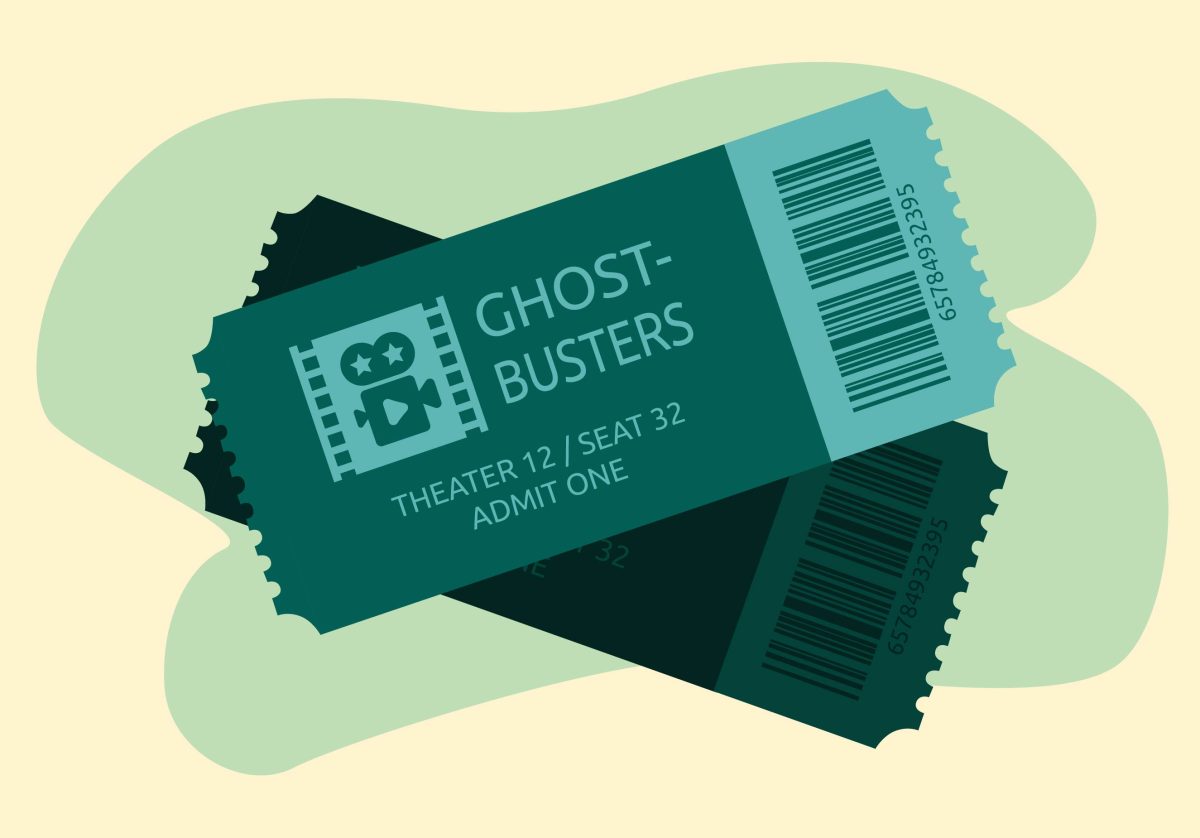Corpse Bride” is not “The Nightmare Before Christmas.” But such a comparison is hardly unfair. Like the 1993 holiday classic, “Corpse Bride” is a stop-motion animated film with a macabre theme, directed by Tim Burton and scored and sung by Danny Elfman.
It might fall just short of its predecessor. But it is yet another fantasy masterpiece. And with it, Burton proves again why he is cinema’s best modern mythmaker.
In “Corpse Bride,” Burton does what he excels at. He takes opposing themes and transposes one upon the other. He reconciles seemingly dissimilar aspects of life.
In “The Nightmare Before Christmas,” he converges Halloween, a celebration of death, with Christmas, a celebration of life, and in the more recent “Big Fish” – fantasy with reality.
“Corpse Bride,” meanwhile, imposes an interaction between two of life’s mainstays – weddings and funerals. It again forces the viewer to balance two aspects of human experience.
Victor Van Dort (voiced by Johnny Depp in yet another teaming with Burton) is slated to marry Victoria Everglot (Emily Watson). Their identical first names are the film’s recurring reminder that it is set in Victorian Europe, where the land of the living is truly dead.
The marriage is an arranged one, and the opening musical number reveals the selfish motives of both sets of parents. The Van Dorts are middle-class fish merchants who have struck it rich. The Everglots are part of the landed elite who have fallen into abject poverty. The Van Dorts therefore see the union as a means toward influence, while the Everglots envision their ticket out of the poorhouse.
When Victor and Victoria fall for each other, however, the arranged marriage quickly becomes companionate. Victor’s accidental marriage to a buried corpse (Helena Bonham Carter) and journey to the underworld take on new urgency. He strives to make it back to his betrothed before she is married to another.
“Corpse Bride” continually toys with the stereotypical notions of death and life. While the world above is colored in grays, the underworld is bathed in a wash of hues. While those among the living sing in Elfman’s haunting minor-key dirges, his skeletons below drink at the dead’s tavern and dance to jazz. Victor may be dead-set on reaching home, but the film leaves the audience to ponder whether it’s truly worse to be departed than alive.
The film shows how far stop-motion animation has come in the 12 years since “Nightmare.” The characters are more lifelike, their movements more smooth, and their expressions and emotions more believable – all of which helps Burton make the distinction between his living and dead characters.
This is no more apparent than at the end, where a full-front invasion of the deceased crashes a wedding. Burton takes this otherwise irreconcilable situation and turns it into a series of heartwarming exchanges.
In the end, that is what “Corpse Bride” is about: A settlement of our anxieties, however similar and distinct they might be, surrounding one institution we undergo to beget some level of immortality – and the unknown journey that awaits beyond the grave.














